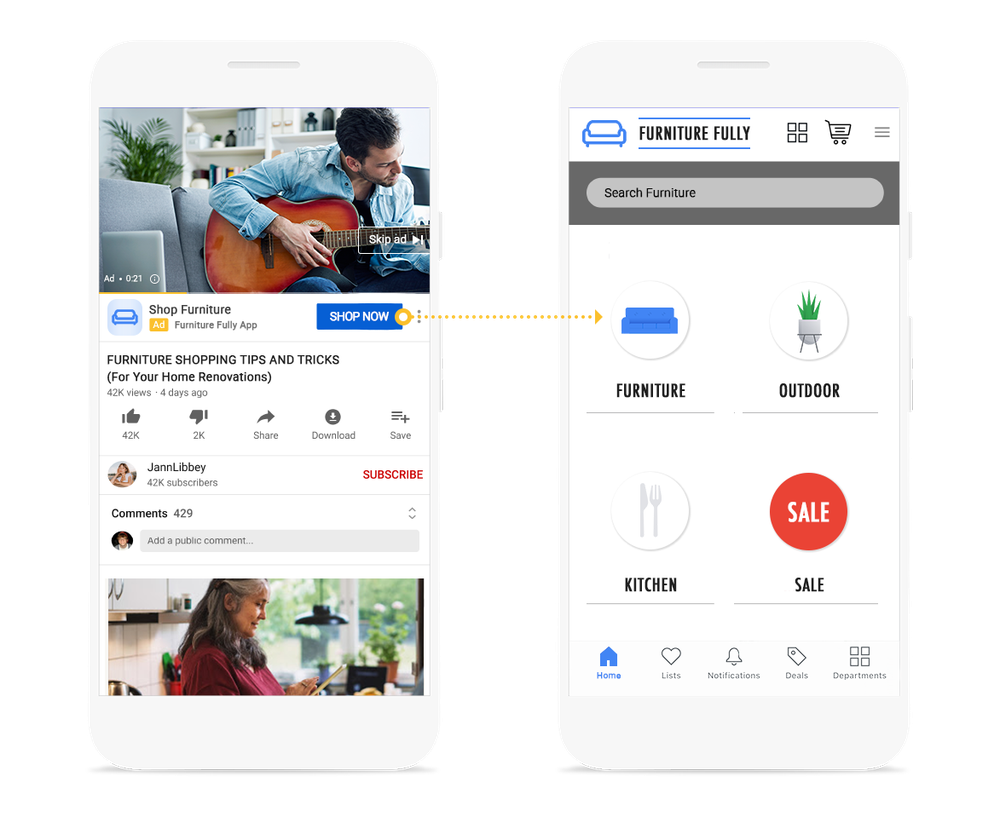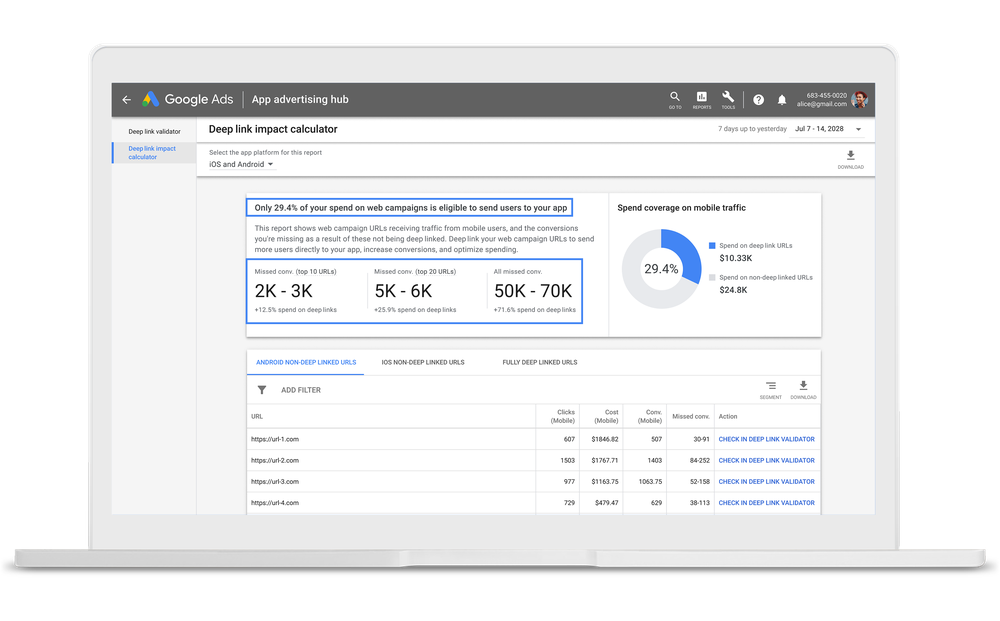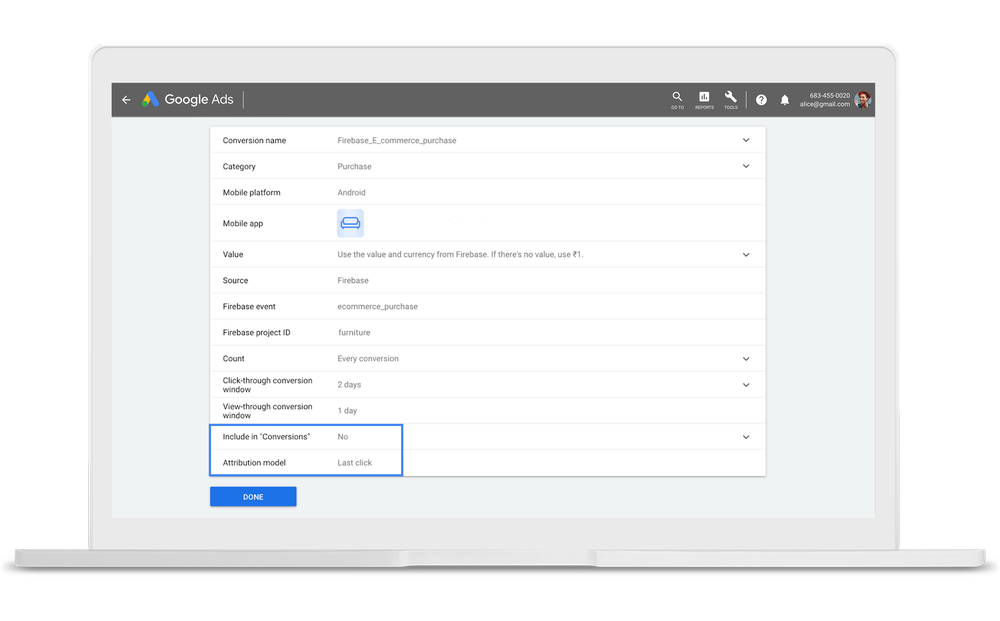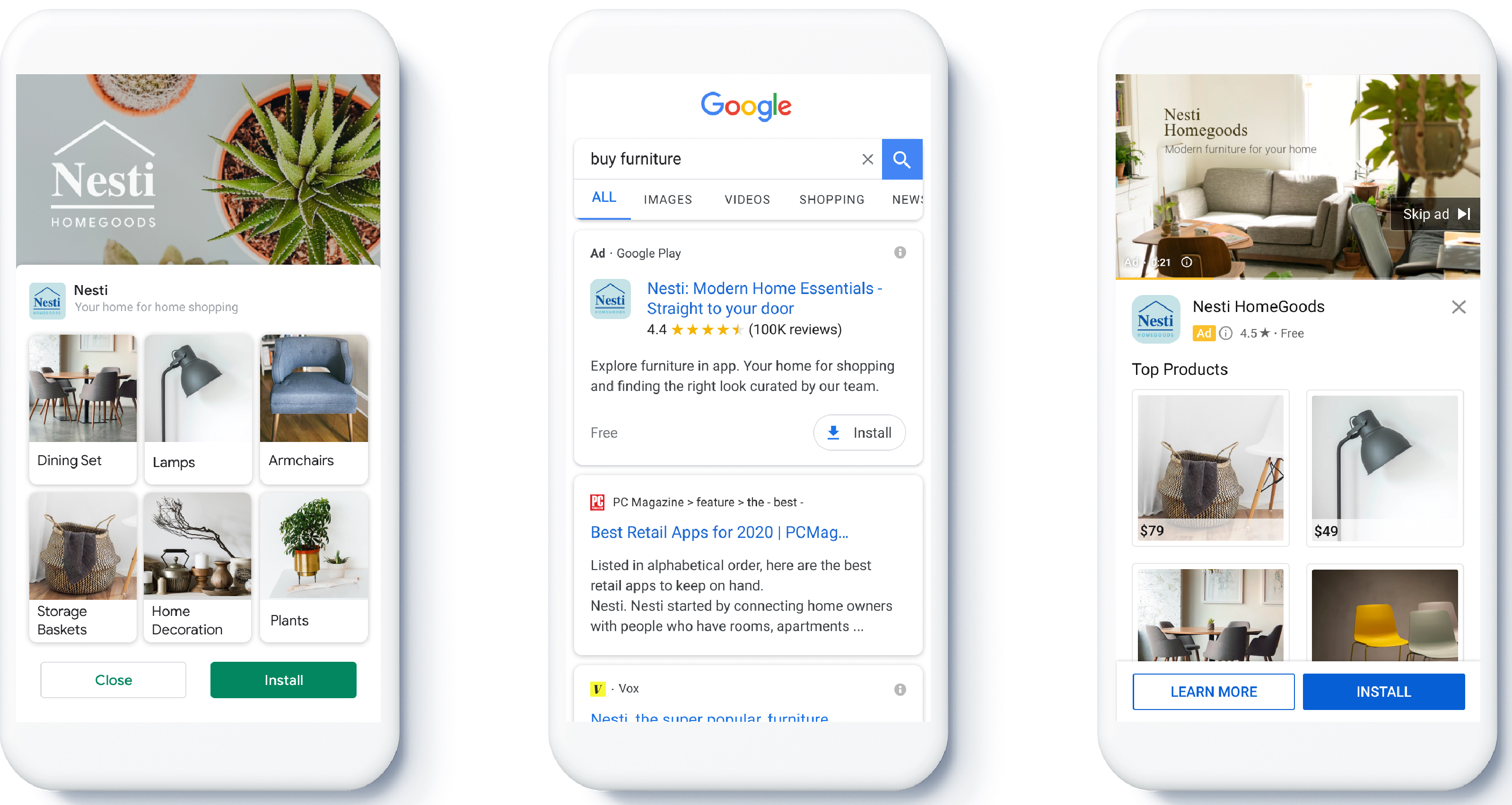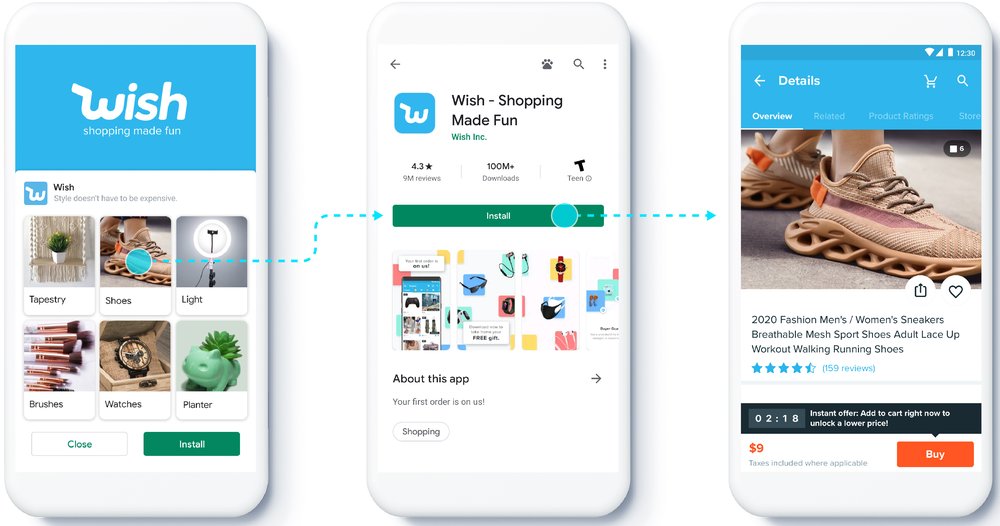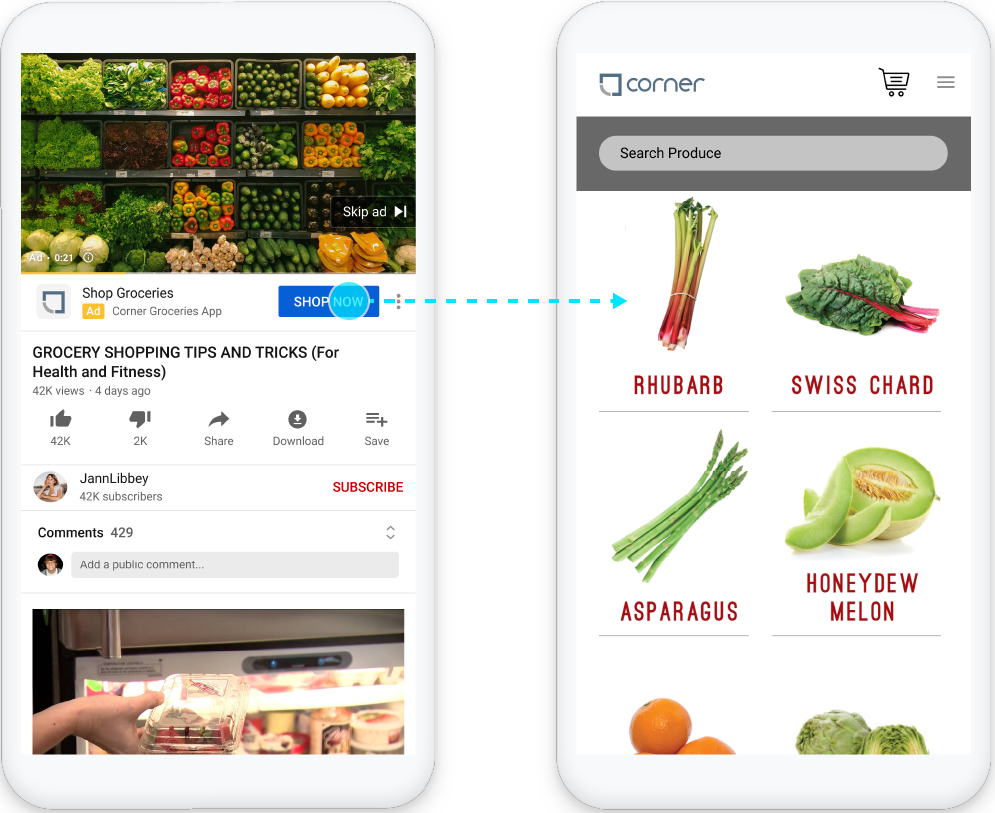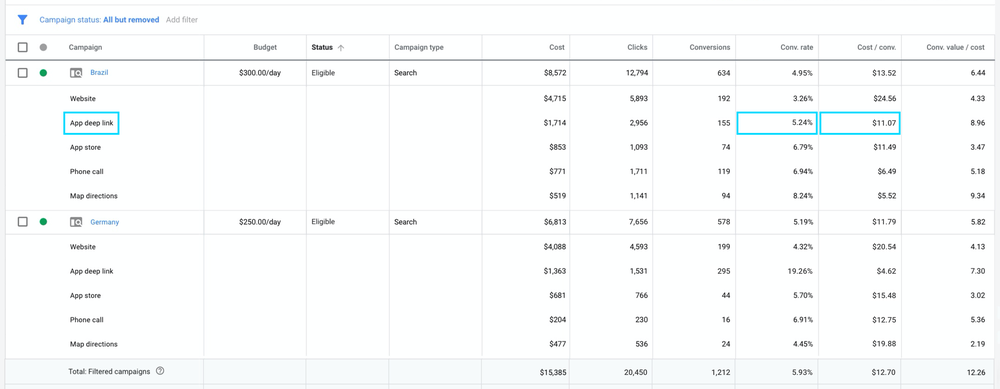Adapt to shifts in platform standards on iOS and Android
User expectations for privacy continue to grow, and updates such as last year’s rollout of the AppTrackingTransparency (ATT) framework on iOS have made measurement more complex. That’s why we’re supporting solutions that help advertisers navigate these changes, including the new version 4.0 updates to SKAdNetwork, Apple’s measurement API.
Throughout 2023, we’re improving modeled reporting consistency for iOS app installs across measurement platforms in Google Ads. Next year, we’ll also release tools for advertisers using the Google Analytics for Firebase SDK, which streamline setting up SKAdNetwork conversion values and help better optimize their campaigns for in-app actions.
Developing these new solutions will take time, but you can start taking steps today to get ahead. For example, to enhance conversion modeling and reporting accuracy, you can adopt on-device conversion measurement, a privacy-preserving solution we released earlier this year. With on-device conversion measurement, user interactions with app ads can be matched to app conversions in a way that prevents user-identifying information from leaving a user's device. You can also start setting up SKAdNetwork conversion values yourself or work with a measurement partner, such as our App Attribution Partners. Lastly, explore this guide to learn more best practices for your iOS App campaigns.
And while nothing is changing today for Android App campaigns, we recently provided an update on our participation in the Privacy Sandbox on Android initiative. We regularly share feedback with Android about its public proposals so that the new privacy-preserving technologies can help you reach the right audiences, and more accurately measure your campaign results with less reliance on tracking identifiers. And we’ll be sharing what we’ve learned throughout 2023 on the experiments we participate in.
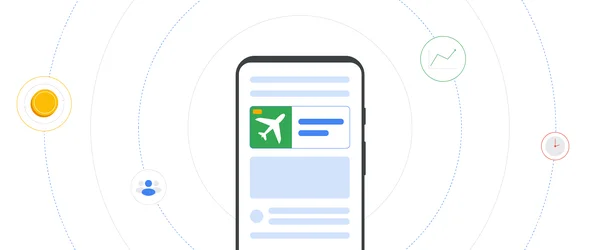 Details on how Google Ads plans to buy media on apps and an update on Google bidding with third-party app monetization platforms.
Details on how Google Ads plans to buy media on apps and an update on Google bidding with third-party app monetization platforms.
 Details on how Google Ads plans to buy media on apps and an update on Google bidding with third-party app monetization platforms.
Details on how Google Ads plans to buy media on apps and an update on Google bidding with third-party app monetization platforms.






